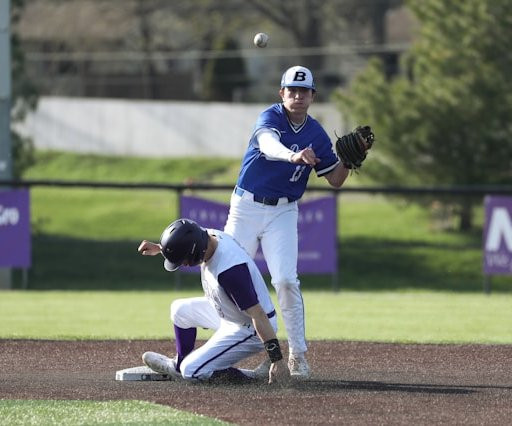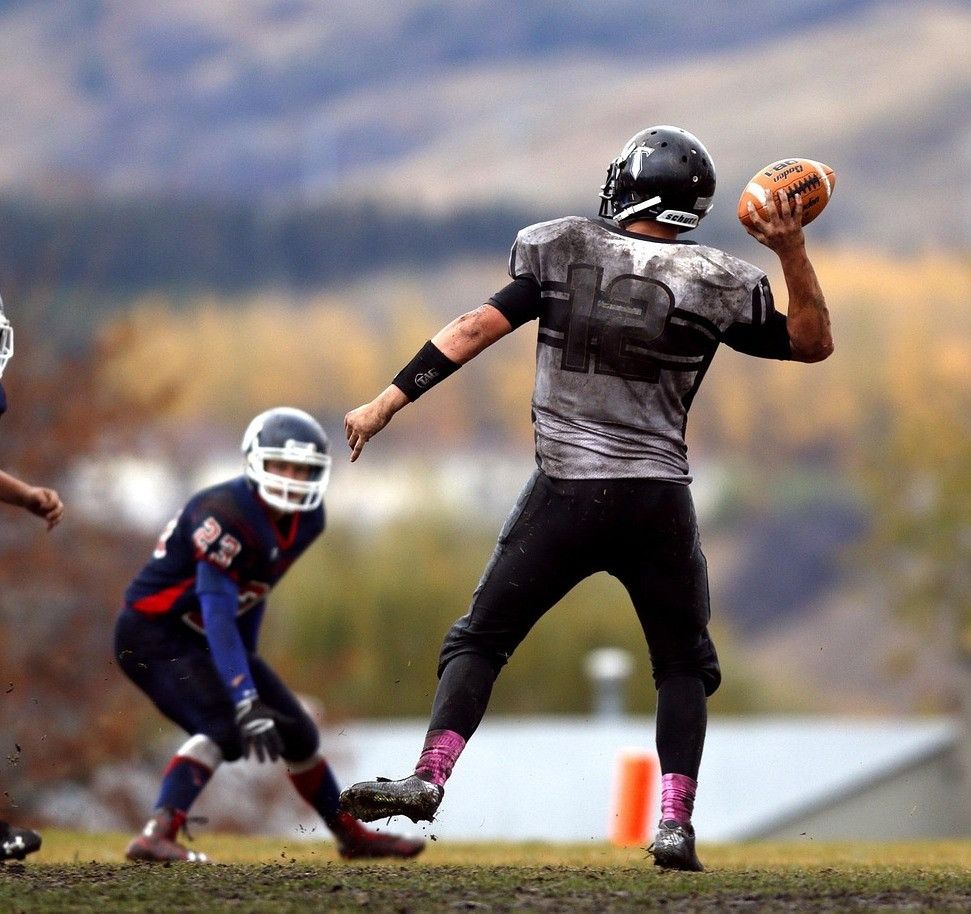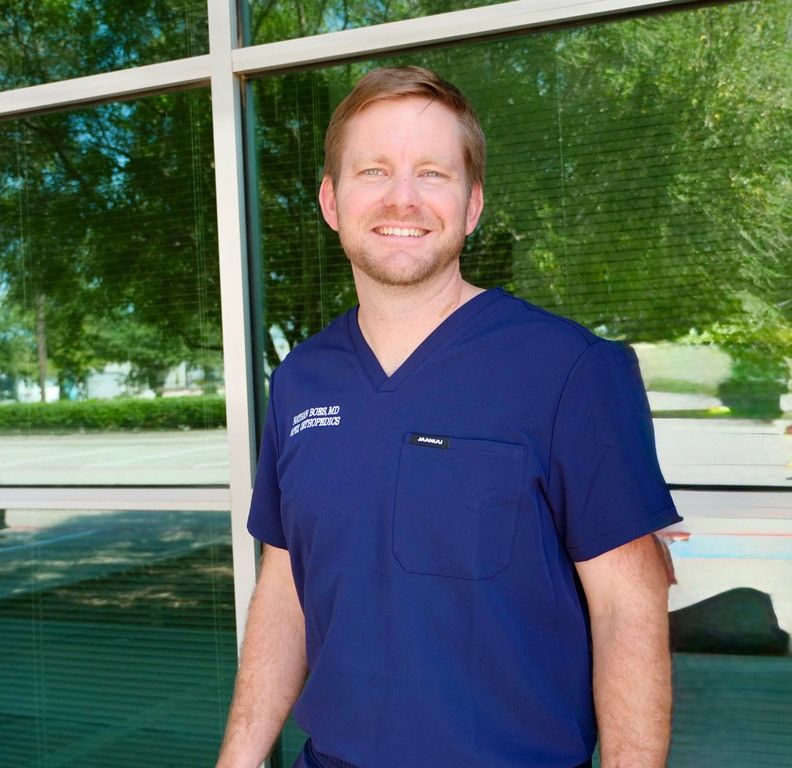Shoulder pain can derail sleep, work, and sports. Nathan Boes, MD is a board-certified orthopedic surgeon and fellowship-trained in Sports Medicine and Shoulder Reconstruction, providing comprehensive shoulder care to patients in Frisco and the North Dallas area. Dr. Boes emphasizes conservative, non-surgical care first, reserving surgery for when it’s truly the best option for long-term function.
Care for patients from Frisco, Plano, McKinney, Allen, Prosper, Little Elm, The Colony, and surrounding North Dallas communities.

Common Shoulder-Related Conditions & Injuries
Sprain or separation where the collarbone meets the shoulder blade causing top-of-shoulder pain.
Cartilage wear of the glenohumeral or AC joint leading to stiffness and aching pain.
Partial tears or instability of the long head biceps causing front-of-shoulder pain.
Inflammation/irritation of the biceps tendon aggravated by lifting or overhead motion.
Collarbone break from falls or sports with swelling and painful motion.
Ball slips out of socket; often linked to labral injury and future instability.
Recurrent dislocations after prior surgery, often with glenoid/ humeral bone loss.
Breaks of the proximal humerus, glenoid, or scapula impacting function and alignment.
Painful stiffness with limited motion that develops over months.
Pinching of rotator cuff/bursa under the acromion causing pain with overhead activity.
Recurrent slipping/“giving-way” from laxity, labral tears, or bone loss.
Damage to the rim of cartilage (labrum); SLAP involves the superior/biceps anchor.
Partial or full-thickness tendon tears causing weakness and night pain.
Sprain or dislocation where the collarbone meets the breastbone; pain near the chest.
Grinding/clicking at the shoulder blade due to bursal irritation or bony contour.
Shoulder-Related Treatments & Procedures
Arthroscopy & Soft-Tissue Procedures
- Arthroscopy — minimally invasive camera-guided treatment for rotator cuff, labrum, and impingement.
- Subacromial Decompression — relieves impingement by addressing bursal irritation and bone spurs when appropriate.
- Rotator Cuff Repair — reattaches torn tendon(s) to improve strength and pain.
- Rotator Cuff Repair Revision — addresses persistent/ recurrent cuff tears after prior surgery.
- Biceps Tenodesis — repositions the biceps tendon to reduce pain from SLAP/biceps pathology.
- Capsulolabral Reconstruction — repairs/reshapes the capsule and labrum to restore stability.
- Superior Capsular Reconstruction — graft procedure for select irreparable cuff tears to restore shoulder mechanics.
Stabilization & Bone Procedures
- Arthroscopic Stabilization for Instability — minimally invasive tightening/repair for recurrent dislocations.
- Bankart Repair — repairs the anterior-inferior labrum for traumatic instability.
- Latarjet Procedure — transfers bone to the front of the socket to treat instability with bone loss.
- Bone Graft Surgery — augments glenoid/humeral bone defects (e.g., grafts for complex instability).
- Shoulder Stabilization Revision — corrective surgery for recurrent instability after a previous repair.
Shoulder Replacement & Complex Reconstruction
- Shoulder Replacement — Biologic — soft-tissue/biologic resurfacing options for carefully selected cases.
- Shoulder Replacement — Total (Anatomic) — replacement that relies on an intact rotator cuff.
- Shoulder Replacement — Reverse — designed for cuff-deficient shoulders or complex arthritis.
- Revision Arthroplasty — addresses pain, loosening, or dysfunction after a prior replacement.
- AC Joint Repair — stabilization or reconstruction for separations causing persistent pain/dysfunction.
- AC Joint Repair Revision — corrective surgery for ongoing pain/instability after prior AC repair.
Personalized Treatment Plans for Every Patient
Evaluation & Diagnosis
A focused approach to identify the true pain source:
- Detailed history & targeted physical exam
- X-rays as needed; MRI/ultrasound when indicated
- Personalized plan that aligns with your activity level and goals (work, sport, daily life)
Non-Surgical Care Comes First
- Activity modification & ergonomic guidance
- Anti-inflammatory strategies as appropriate
- Guided physical therapy for mobility, rotator cuff & scapular strengthening
- Image-guided injections (when appropriate)
- Bracing/taping and sport-specific load management
Surgical Expertise (When Indicated)
When symptoms persist despite optimal non-operative care, Dr. Boes offers advanced surgical solutions:
- Arthroscopic rotator cuff repair (including partial-thickness augmentation when appropriate)
- Labral repair & stabilization (Bankart, SLAP)
- Biceps tenodesis/tenotomy
- Debridement for impingement or calcific tendinitis
- AC joint procedures (e.g., distal clavicle excision)
- Shoulder reconstruction, including shoulder replacement options in appropriately selected cases


